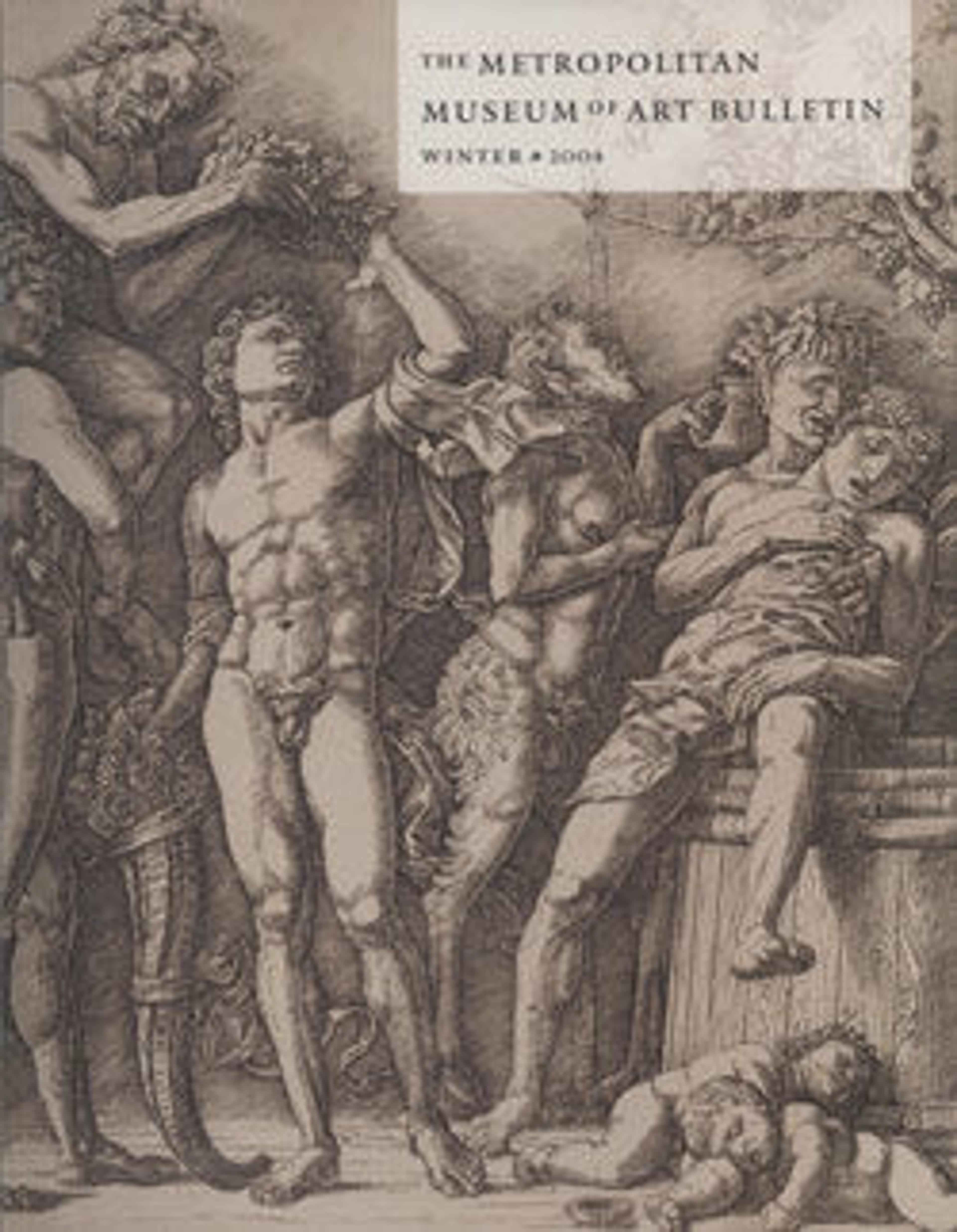Hercules and Antaeus
Ugo da Carpi was one of the most accomplished makers of woodcuts working in Italy in the first half of the sixteenth century. He translated into chiaroscuro prints designs of Raphael, Parmigianino, and others. The present composition had been engraved by Marcantonio Raimondi, the celebrated printmaker active in Rome in the first quarter of the sixteenth century. Carpi used Marcantonio's engraving as his model, faithfully capturing not only the compositional details but also the full range of the print's tonal values. He produced this effect with a sophisticated use of two woodblocks. A key block, inked in black, delineated the composition, then a tone block, inked in greenish blue, provided the middle tone. Areas in the tone block were crisply cut out, allowing the white of the paper to act as highlights.
Artwork Details
- Title: Hercules and Antaeus
- Artist: Ugo da Carpi (Italian, Carpi ca. 1480–1532 Bologna)
- Artist: After Raphael (Raffaello Sanzio or Santi) (Italian, Urbino 1483–1520 Rome)
- Date: ca. 1517–18
- Medium: Chiaroscuro woodcut printed from two blocks in green-blue
- Dimensions: Sheet: 11 15/16 x 8 7/8 in. (30.3 x 22.6 cm)
- Classification: Prints
- Credit Line: Rogers Fund, 1922
- Object Number: 22.67.80
- Curatorial Department: Drawings and Prints
More Artwork
Research Resources
The Met provides unparalleled resources for research and welcomes an international community of students and scholars. The Met's Open Access API is where creators and researchers can connect to the The Met collection. Open Access data and public domain images are available for unrestricted commercial and noncommercial use without permission or fee.
To request images under copyright and other restrictions, please use this Image Request form.
Feedback
We continue to research and examine historical and cultural context for objects in The Met collection. If you have comments or questions about this object record, please contact us using the form below. The Museum looks forward to receiving your comments.
